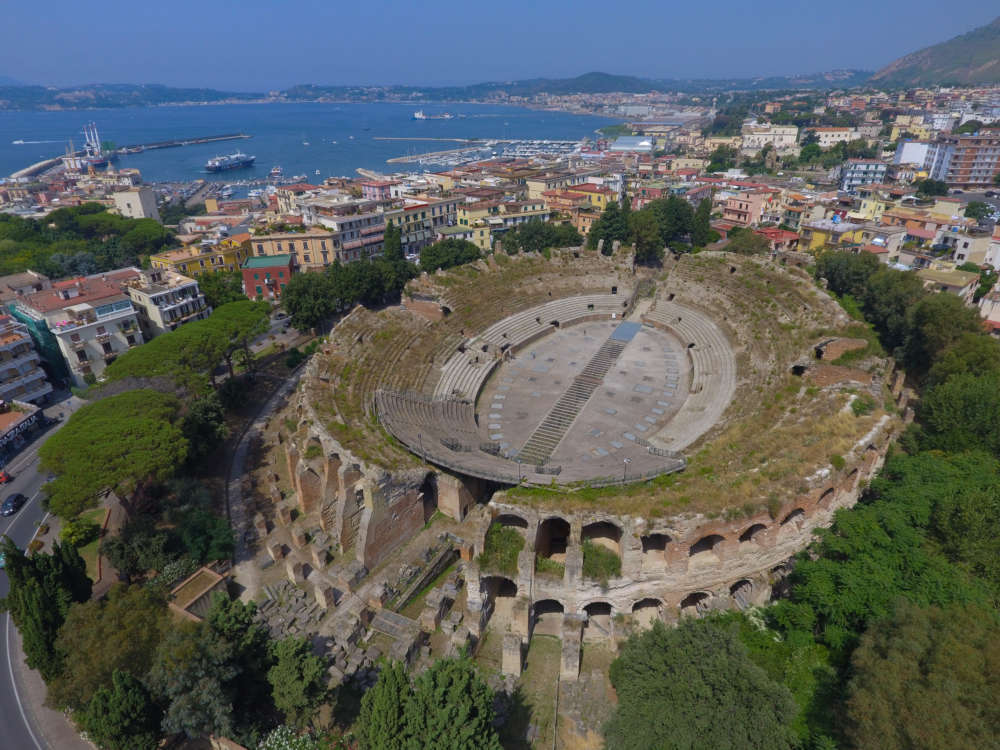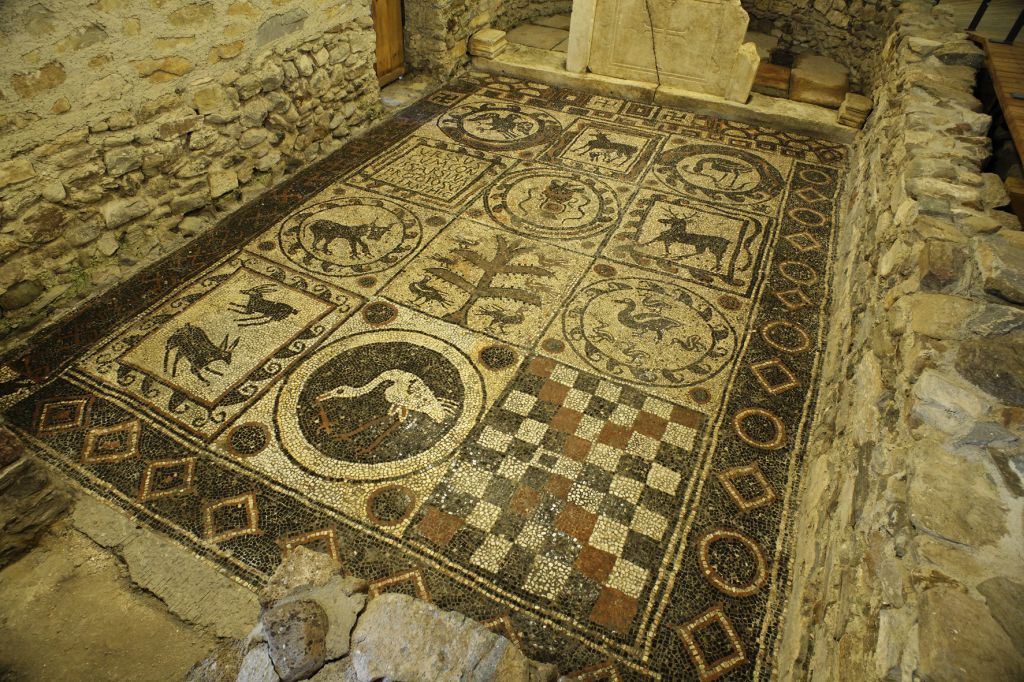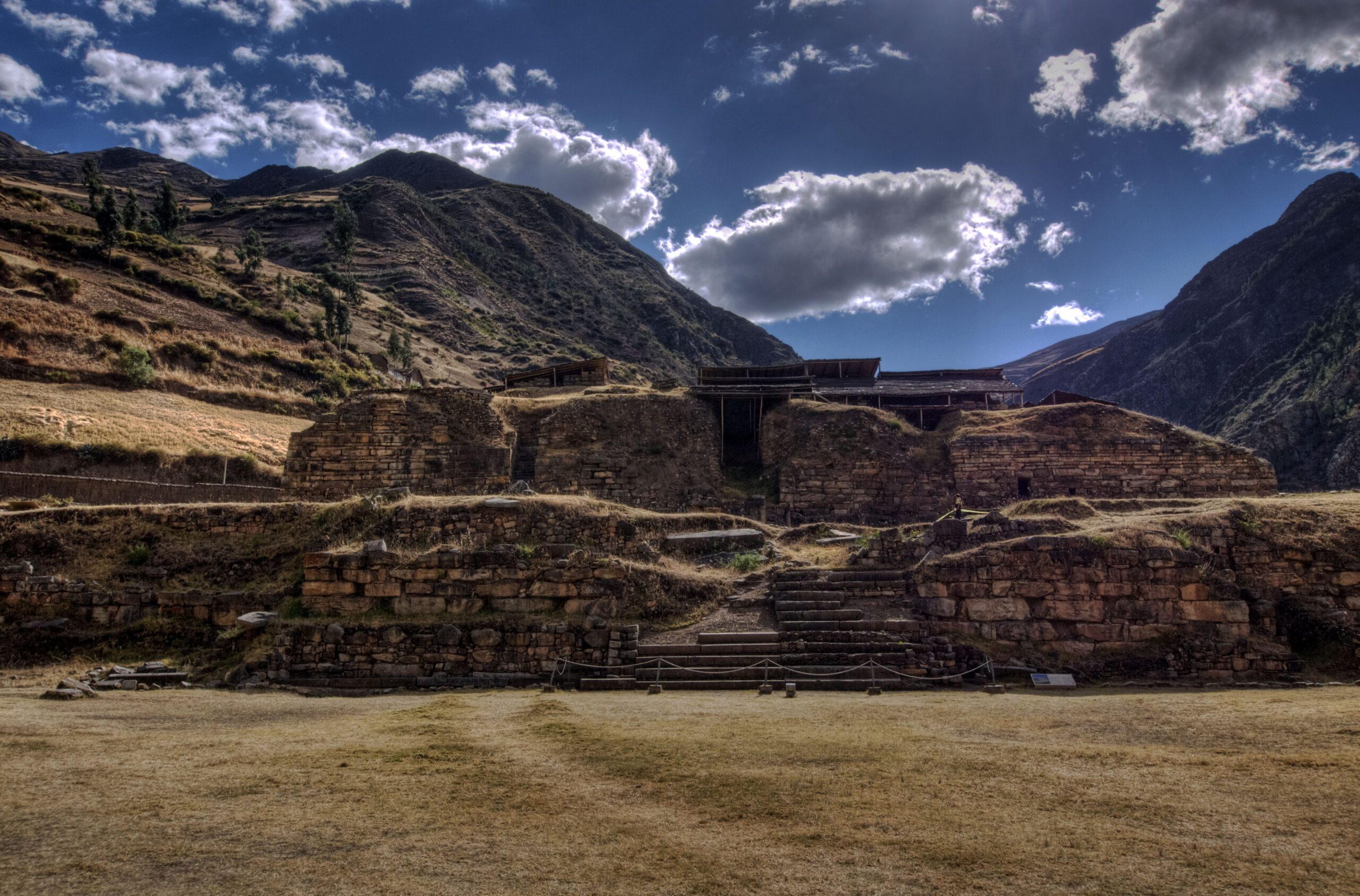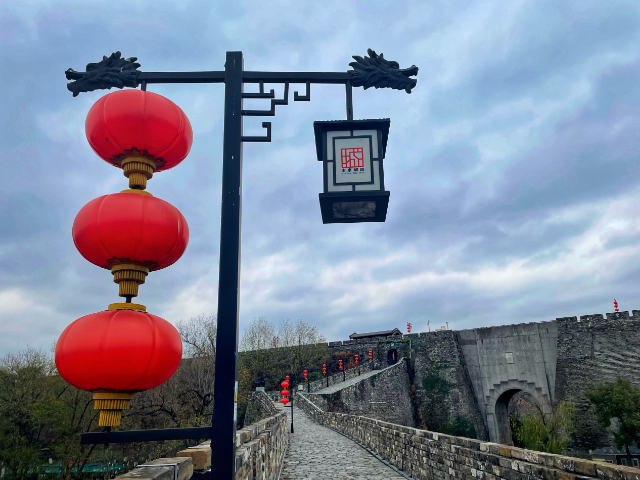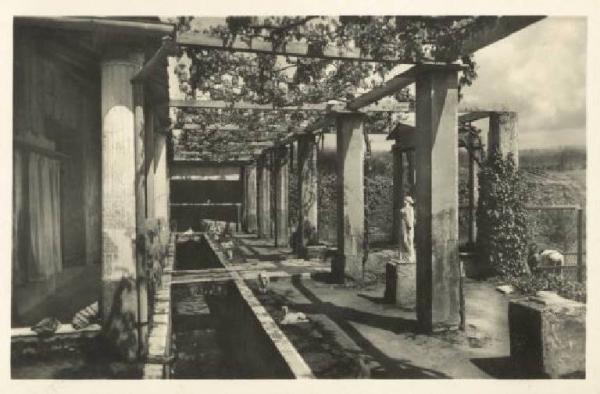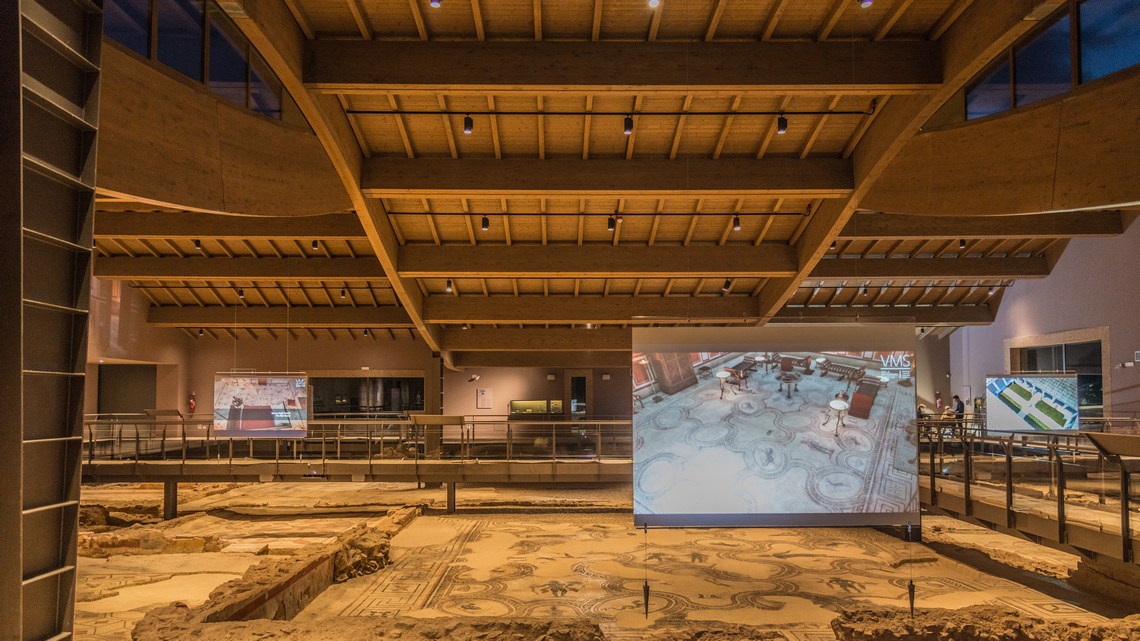Built in the first century A.D., the Flavian Amphitheatre stands where the main streets of the region, the Via Domitiana and the road to Naples, converged, replacing the ancient building for shows of the Roman Republican age which had become insufficient due to the enormous demographic growth of Puteoli.
The amphitheater, in terms of capacity, was smaller in Italy only at the Colosseum and Capua. From the construction point of view, it is divided into three orders, corresponding to the ima, media and summa cavea (steps), crowned at the top by an attic, according to the traditional architectural canons. A slab of travertine slabs, raised one step above street level, formed the trampling surface of an elliptical portico, which surrounded the entire amphitheatre. From this portico, originally punctuated by stone pillars adorned with semi-columns and, later, reinforced by brick pillars, access was gained to the actual entrances to the building. Moreover, twenty flights of stairs started from the same external portico, which made it possible to reach the highest part of the steps. Internal annular corridors also allowed the orderly flow of spectators to the cavea through the vomitoria (open access passages along the steps). Similar corridors also served the basements below the arena floor, interrupted in the centre by the stage pit and accessible from the outside through two symmetrical monumental entrances.
